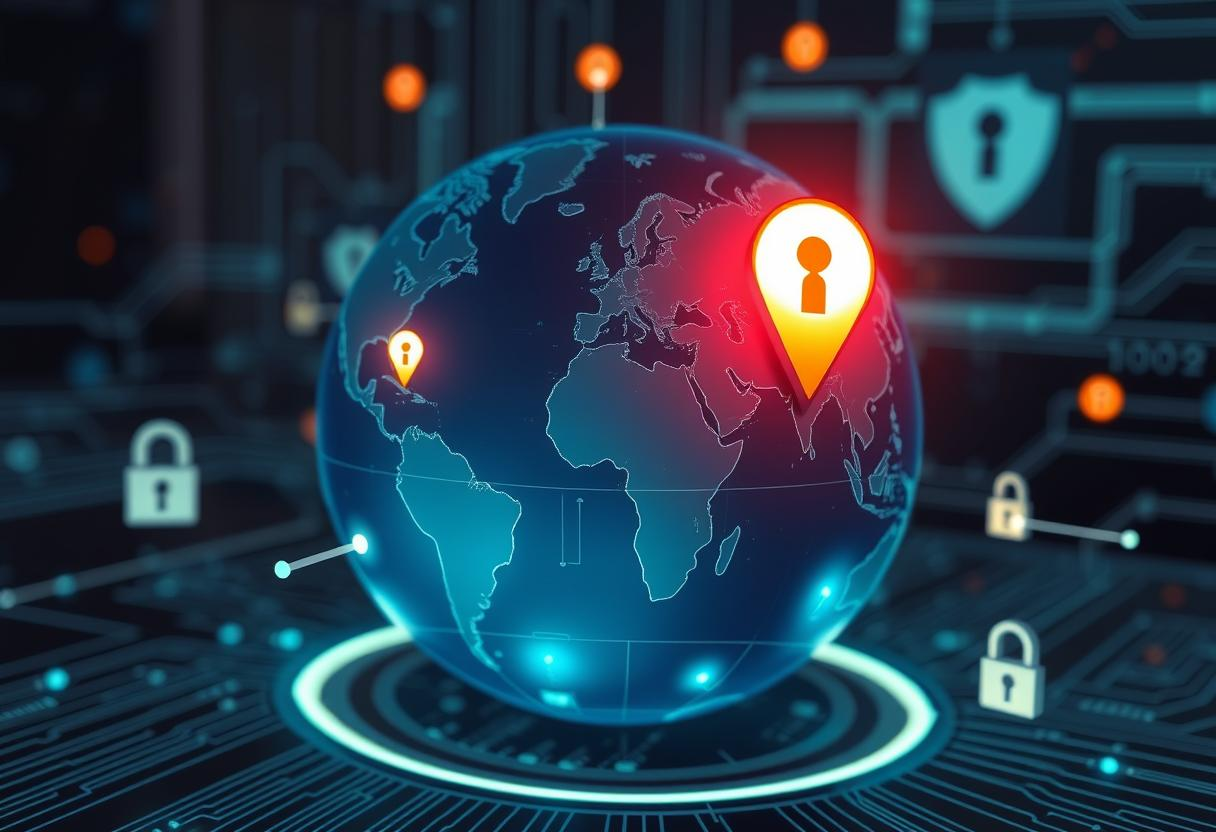In the evolving landscape of artificial intelligence, ChatGPT’s latest iteration, powered by the Advanced Reasoning model o3, has demonstrated a remarkable ability to geo-locate images with minimal cues. This capability, while technologically impressive, opens a Pandora’s box of privacy concerns that merit a deeper contemplation.
The process is straightforward yet astonishingly effective. Users feed ChatGPT an image, often stripped of metadata, and prompt it to guess the location. The model then dissects the image, analyzing elements like water color, sand tone, and architectural details to make an educated guess. For instance, when presented with a beach photo, ChatGPT accurately identified Praia de Santa Monica in Cape Verde, citing specific environmental and geographical markers as evidence.
However, the model’s prowess isn’t infallible. When challenged with less distinctive images, such as a bookstore interior, ChatGPT’s accuracy waned, showcasing the limitations of its reasoning capabilities. Yet, its ability to pinpoint a user’s exact location in Midtown Manhattan from a simple photo underscores the potential privacy implications. This feature, while entertaining, raises questions about the ease with which one’s location can be deduced from seemingly innocuous online posts.
The implications extend beyond casual use. Employers, authorities, or malicious actors could exploit this technology to track individuals’ movements or verify their whereabouts. While the model currently requires some level of user interaction within ChatGPT Plus, the rapid advancement of AI suggests that such capabilities could become more accessible and refined over time.
This development serves as a reminder of the double-edged sword that is AI innovation. On one hand, it showcases the incredible strides made in machine learning and reasoning. On the other, it forces us to confront the erosion of privacy in an increasingly digital world. As we marvel at these technological achievements, we must also engage in a thoughtful dialogue about the boundaries we wish to establish around such capabilities.


